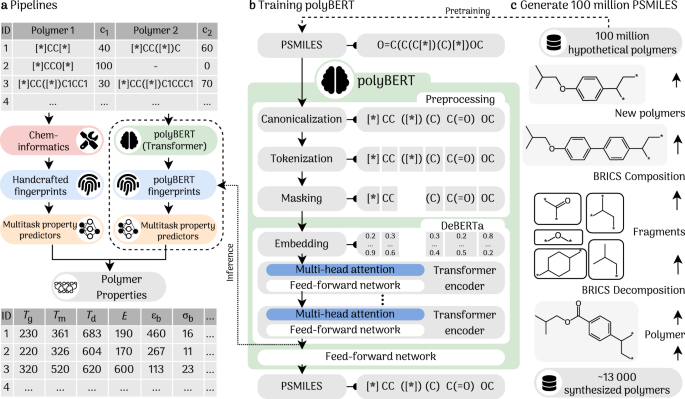2023-07-18 スイス連邦工科大学ローザンヌ校(EPFL)
 A perovskite solar module with an active area of 22.0 cm2 containing fluorinated aniliniums for interfacial passivation. Credit: Cheng Liu, Northwestern University
A perovskite solar module with an active area of 22.0 cm2 containing fluorinated aniliniums for interfacial passivation. Credit: Cheng Liu, Northwestern University
◆フルオロアニリニウムの添加により、PSCの結晶の一体性が保たれ、劣化と性能低下が抑制されました。この手法により、高温環境でのPSCの効率、耐久性、信頼性が向上し、将来的な大規模展開に向けた有望な光電技術に近づく可能性があります。
<関連情報>
- https://actu.epfl.ch/news/improving-high-temperature-stability-of-perovskite/
- https://www.science.org/doi/10.1126/science.adi4107
配位子の反応性を工学的に制御することで、安定したペロブスカイト太陽電池の高温動作が可能になる Engineering ligand reactivity enables high-temperature operation of stable perovskite solar cells
So Min Park,Mingyang Wei,Jian Xu,Harindi R. Atapattu,Felix T. Eickemeyer,Kasra Darabi,Luke Grater,Yi Yang,Cheng Liu,Sam Teale,Bin Chen,Hao Chen,Tonghui Wang,Lewei Zeng,Aidan Maxwell,Zaiwei Wang,Keerthan R. Rao,Zhuoyun Cai,Shaik M. Zakeeruddin,Jonathan T. Pham,Chad M. Risko,Aram Amassian,Mercouri G. Kanatzidis,Kenneth R. Graham,Michael Grätzel, and Edward H. Sargent
Science Published:13 Jul 2023
DOI:https://doi.org/10.1126/science.adi4107
Editor’s summary
The thermal stability of three-dimensional perovskite solar cells can be improved by adding ammonium ligands that create a two-dimensional perovskite capping layers, but such ligands are prone to intercalation into the bulk. Park et al. showed that the smallest aromatic ligand, anilinium, had the lowest ligand reactivity with three-dimensional perovskites because of steric hindrance near the ammonium group, and a fluorinated derivative of this ligand created a robust interface structure. Encapsulated solar cells maintained 85% of their power conversion efficiency of about 20% at 85°C and 50% relative humidity after about 1600 hours of maximum power point operation. —PDS
Abstract
Perovskite solar cells (PSCs) consisting of interfacial two- and three-dimensional heterostructures that incorporate ammonium ligand intercalation have enabled rapid progress toward the goal of uniting performance with stability. However, as the field continues to seek ever-higher durability, additional tools that avoid progressive ligand intercalation are needed to minimize degradation at high temperatures. We used ammonium ligands that are nonreactive with the bulk of perovskites and investigated a library that varies ligand molecular structure systematically. We found that fluorinated aniliniums offer interfacial passivation and simultaneously minimize reactivity with perovskites. Using this approach, we report a certified quasi–steady-state power-conversion efficiency of 24.09% for inverted-structure PSCs. In an encapsulated device operating at 85°C and 50% relative humidity, we document a 1560-hour T85 at maximum power point under 1-sun illumination.


